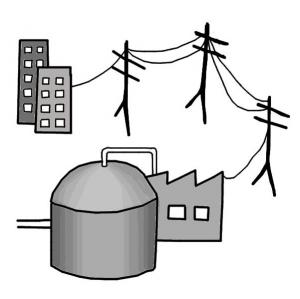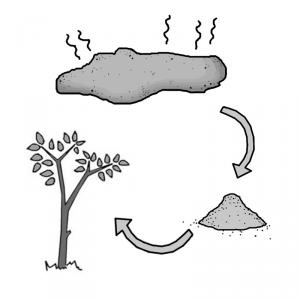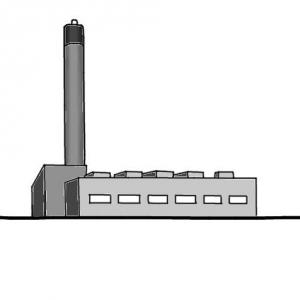

Sludge Treatment
- Hardware
- Software
Sludge Treatment
Anaerobic Digestion (Large-Scale)
Large-scale anaerobic biogas digesters are reactors used for the conversion of the organic fraction of large volumes of slurries and sludge into…
Unplanted Drying Beds
An unplanted drying bed is a simple, permeable bed that, when loaded with sludge, collects percolated leachate and allows the sludge to dry by…
Sedimentation/ Thickening Ponds
Sedimentation or thickening ponds are settling ponds that allow sludge to thicken and dewater. The effluent is removed and treated, while the…
Mechanical Dewatering
Mechanical dewatering is normally associated with large wastewater treatment plants and is used to separate sludge (residual sludge from wastewater…
Advanced Nutrient Recovery
Wastewater, municipal sludge or the ash after dried sludge, which is incinerated or disposed of, can be a very rich source for nutrients, in…
Incineration (Small-Scale)
Small-scale incinerators are a useful technology to combust household waste, medical waste, slaughter waste, etc. instead of discharging it in a…
Incineration (Large-scale)
Incineration or burning of non-recyclable solid waste helps to reduce the volume and the health risks related to the waste fraction to dispose.…
Co-Composting
Co-composting is the controlled aerobic degradation of organics, using more than one feedstock (faecal sludge and organic solid waste). Faecal sludge…
Planted Drying Beds
A planted drying bed is similar to an [8223-Unplanted Drying Bed], but has the added benefit of transpiration and enhanced sludge treatment due to…





